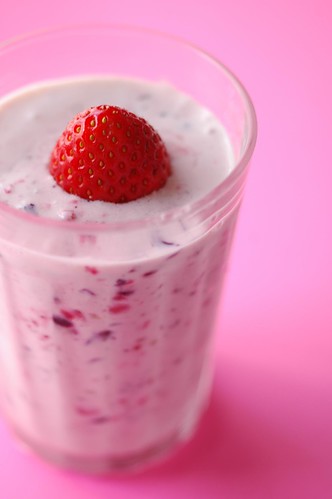The media is focused on obesity, but this is just one side effect of overfeeding and undernourishing our children with poor quality food and snack products. Kids today have higher levels of asthma, allergies, behavior problems and even cancer than years before. These health issues are connected to the poor quality food products that they are eating. You might say it's the by product of "convenience".
Our grandmother’s old saying, “we are what we eat” has never been more true. What we eat and feed our kids matters. While every person is different and there is not one diet that is good for all, what holds true is that most conditions and health are greatly improved when we make some simple dietary choices. While changing our families diet may seem time consuming and inconvenient, with some proper planning and a couple of easy tricks; transitioning to a healthy life style can be fun and easy. It also enables us to share some great quality time with our children. Here are some of my favorite tips:
- Start by reading labels and removing artificial ingredients such as high fructose corn syrup, MSG and nitrates from children’s diets.
- Plan your weekly meals and snacks. When you go shopping, stick to your list and never shop on and empty stomach.
- Buy in bulk when you can and cook double batches so you can have a second meal or a snack ready to go. Some great things to purchase in bulk is nuts, grains, breakfast cereal or create your own trail mixes.
- Buy hormone free meat and chicken.
- Buy local eggs, dairy, fruits and veggies. Visit your local farmers market.
- Recycle leftovers – wrap them up in a whole grain wraps, throw them in stews or stir fries. Have your child cook with you. They are more apt to try new things if they are involved in the creation of the food.
- Make a big batch of soup, stew or chili each week and freeze them in portion sizes for on those busy days.




